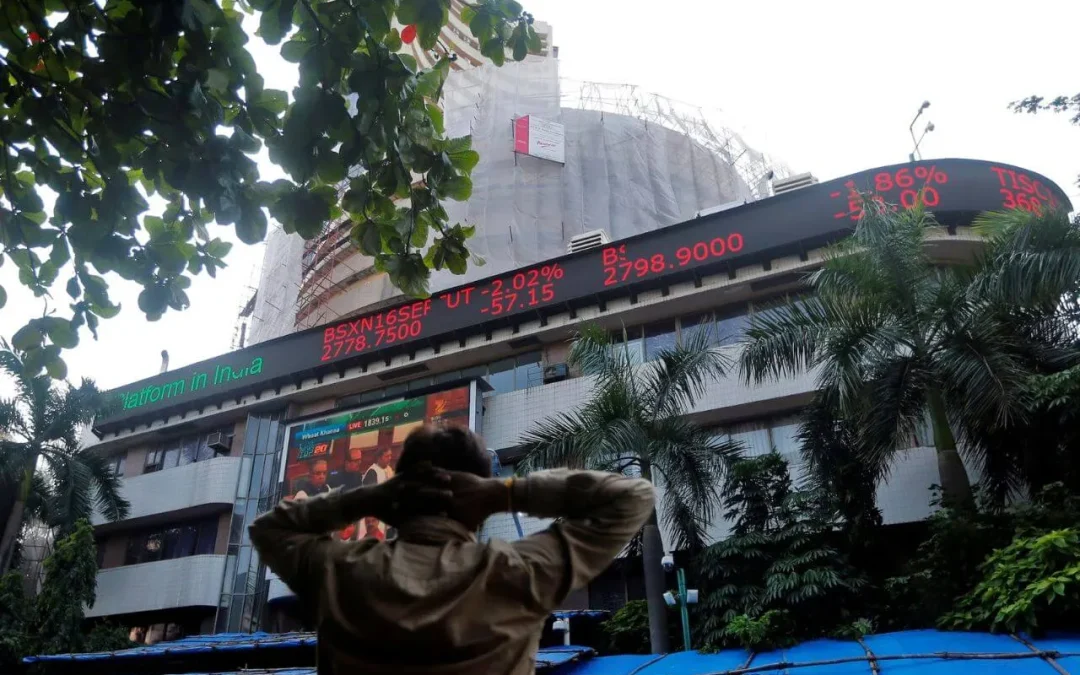Imagine investing Rs. 1 lakh in a stock, watching it soar with hope and excitement, only to see it crash spectacularly over the years. Once hailed as a multibagger that climbed from Rs. 20 to Rs. 404, this stock has now come full circle and then some, collapsing to just Rs. 20 again. In seven years, what seemed like a golden opportunity has turned into a cautionary tale, shrinking Rs. 1 lakh to a mere Rs. 5,000. Here’s a closer look at the dramatic rise and fall of this stock.
We are talking about YES Bank Limited, a full-service commercial Bank headquartered in Mumbai, which is a publicly held bank engaged in the business of providing a wide range of products, services, and digital solutions, catering to retail, MSME, and corporate clients.
The bank operates its brokerage business through YES SECURITIES, a subsidiary of the Bank. YES Bank has a pan-India presence, including an International Banking Unit (IBU) at GIFT City and a Representative Office in Abu Dhabi.
Stock Performance
On Friday, YES Bank Limited’s shares closed in the green at Rs. 19.75, up by 1.6 percent on BSE, with a market cap of Rs. 61,941 crores. During the 9-year period from 2009 to 2018, the stock has delivered multibagger returns of around 4,660 percent from Rs. 8.49 to Rs. 404. This indicates that if an investor had invested Rs. 1 lakh in the stock in 2009, it would have grown to nearly Rs. 47.6 lakh in 9 years.
But the highs didn’t last for long. Since peaking in August 2018, the stock has seen a dramatic downfall, losing around 95 percent of its value. From Rs. 404, it has plunged to Rs. 19.78, as of Friday’s close. For investors who got in at the peak, that same Rs. 1 lakh would now be worth just around Rs. 5,000.
YES Bank Fraud
The stock began its downward trajectory in late 2018, with the most significant decline occurring in 2019. That year, Yes Bank underwent a major restructuring led by the RBI, supported by a group of local banks, following a serious financial crisis. The RBI stepped in due to the bank’s worsening financial health, including issues like underreporting of non-performing assets (NPA) and governance issues.
This crisis, widely referred to as the Yes Bank scandal of 2020, centred around serious allegations of mismanagement, fraudulent loans, and suspected money laundering involving the bank’s founder, Rana Kapoor. The situation escalated to a point where the RBI had to intervene to impose a temporary moratorium and implement a rescue plan to protect depositors and restore stability.
Concerns about the bank’s financial health had been building between 2017 and 2019 as its NPAs (bad loans) surged. In response, the RBI identified various governance failures and, in 2019, forced Rana Kapoor to step down from his position.
Subsequent investigations by the Enforcement Directorate (ED) revealed that Rana Kapoor, along with DHFL promoters Kapil and Dheeraj Wadhawan, was involved in a Rs. 5,050 crore fraud through a series of suspicious transactions.
Financial Performance
YES Bank reported a significant growth in net interest income (NII), experiencing a year-on-year increase of nearly 6 percent, rising from Rs. 2,148.5 crores in Q4 FY24 to Rs. 2,271.3 crores in Q4 FY25.
Similarly, during the same period, the bank’s net profit increased from Rs. 467.3 crores to Rs. 744.6 crores, representing a rise of around 59 percent YoY. Net Interest Margin (NIM) of the Bank stood at 2.5 percent for Q4 FY24 as compared to 2.4 percent in Q3 FY25 and Q4 FY25.
Written by Shivani Singh
Disclaimer

The views and investment tips expressed by investment experts/broking houses/rating agencies on tradebrains.in are their own, and not that of the website or its management. Investing in equities poses a risk of financial losses. Investors must therefore exercise due caution while investing or trading in stocks. Trade Brains Technologies Private Limited or the author are not liable for any losses caused as a result of the decision based on this article. Please consult your investment advisor before investing.


